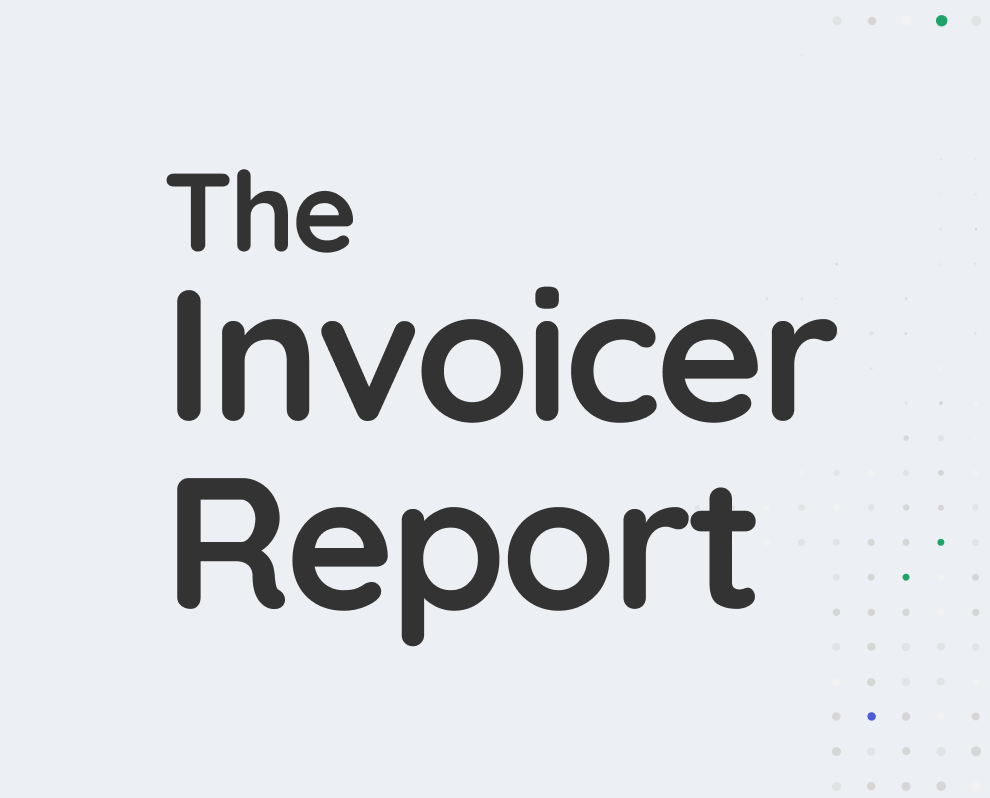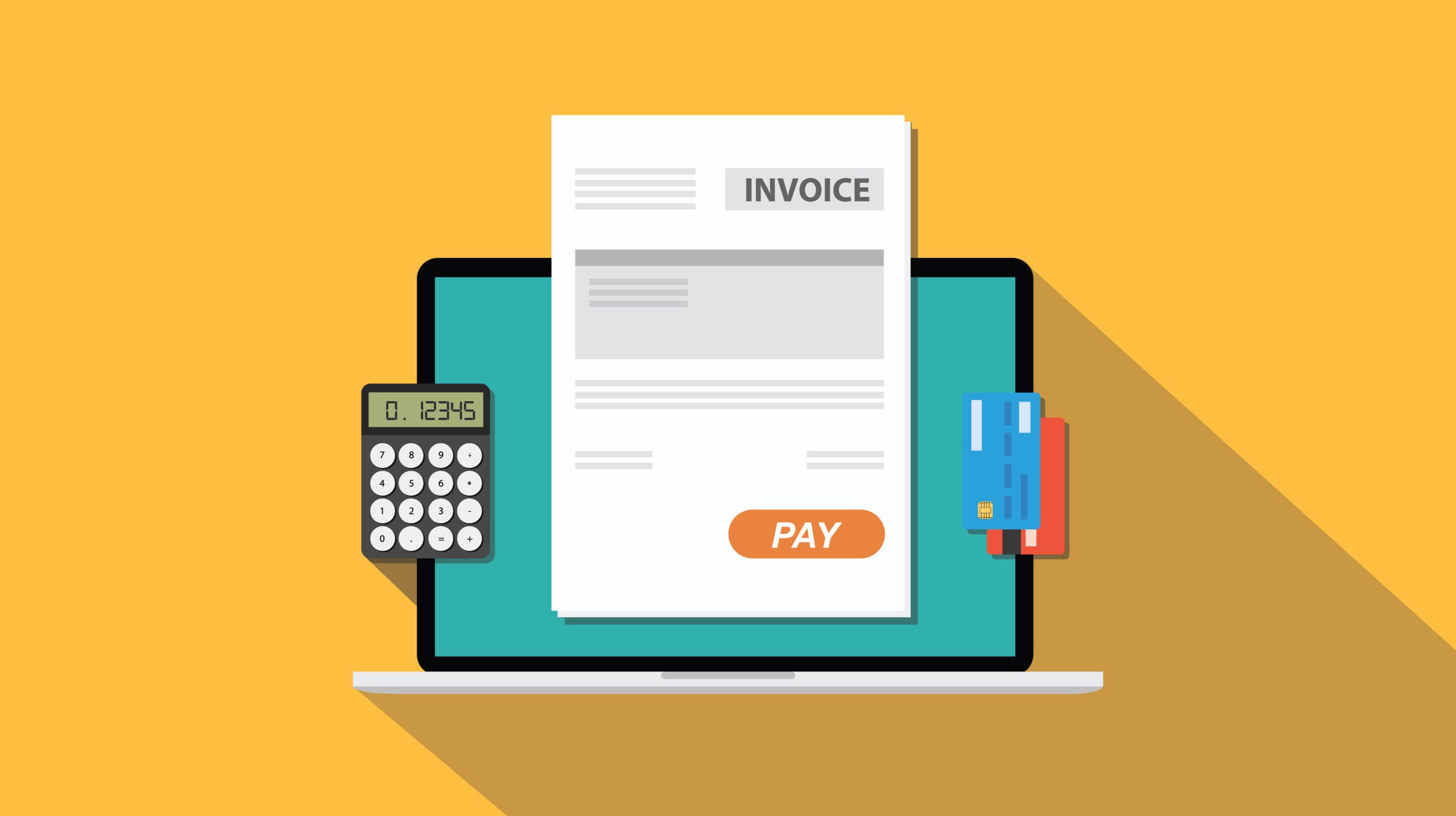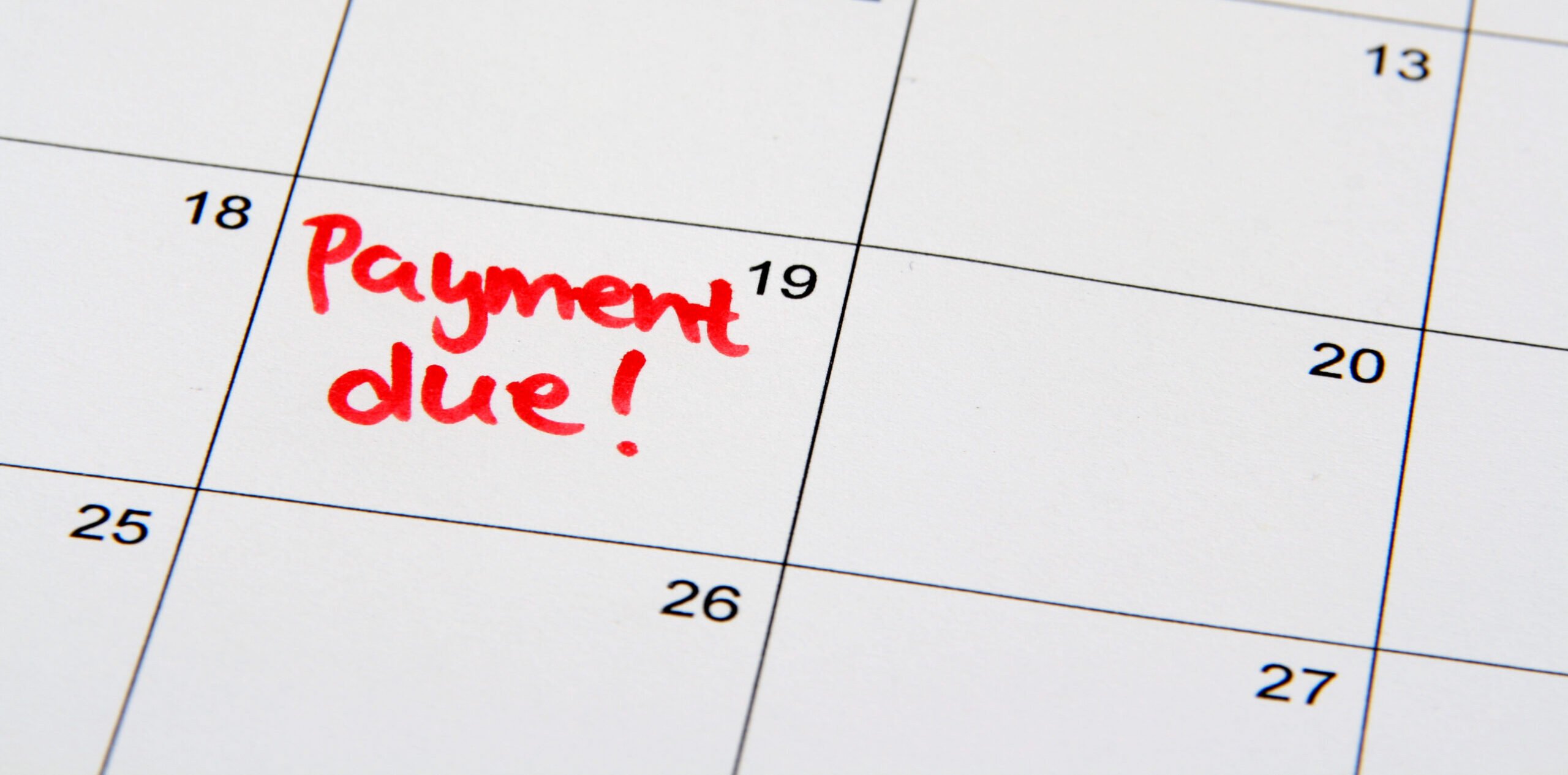The 6 Best Small Business Payment Options
May 9, 2024

Starting a small business is an exciting step. But it requires a lot of decision-making. You have to choose a name, register, and decide how to market yourself. And you have to figure out how customers will pay.
There are dozens of payment methods out there. Some are better for small businesses. The key is to discover what you need and offer enough methods to keep customers happy.
Here’s a guide to the best small business payment options to help you get started.
6 Best Types of Payment Options for Small Businesses
Each small business is different. Some can run on cash and checks. Others can use simple online systems or more advanced payment processing. It all depends on your needs as a business.
Here are the top payment methods available to you:
1. Cash Payments
Cash payments are the simplest option. They don’t require extra fees. And any customer who carries cash can pay easily.
But cash payments only work in person, and handling lots of money is risky due to theft. Plus, many people don’t carry cash anymore.
2. Check Payments
Checks are convenient because they provide a paper trail for your records. But checks can take time to process. And there’s always a risk of bounced checks or fraud.
3. Credit Cards
Credit cards have benefits for both customers and businesses. They enable fast, secure, and easy transactions. And they’re the most common way to pay. This can lead to more sales and a bigger customer base for businesses.
But you have to pay a fee for each credit card transaction, which can hurt your profits.
4. Online Payments
Online payments include any transactions that happen over the internet. These include bank transfers and digital wallet payments, as well as PayPal and Stripe. Paying online is easy for customers and easy for businesses, allowing for quick and secure processing.
But again, businesses may face fees. And some customers may also be hesitant to share their financial information online.
5. Mobile Payments
Mobile payments let people pay using their cell phones and other mobile devices. Examples include Venmo, CashApp, and digital wallets like Apple Wallet. This method is fast and convenient.
6. Contactless Payments
Contactless payments are also known as tap-and-go or near-field communication (NFC) payments. They let in-person customers tap their contactless cards, smartphones, or smartwatches.
This means people don’t have to swipe or insert their cards. But it only allows for in-person payments.
RELATED ARTICLE — How to State Invoice Payment Terms (with Example Wording)
10 Best Online Payment Options for Small Businesses

Most small businesses offer a combination of payment options. This makes it easy for customers to pay, no matter what methods they prefer. For example, someone who doesn’t have a credit card might use PayPal instead. But someone without a PayPal account needs to use their card.
Here are some of the best payment options for small businesses:
1. PayPal
This online payment method is one of the top platforms globally. PayPal acts as both a digital wallet and a messenger between customers and banks. People can add their bank information and then use PayPal to pay with debit or credit. Or they can deposit money into their PayPal account and pay that way.
PayPal is easy for businesses to integrate. It connects to many ecommerce platforms, accounting software, and invoicing tools, including Invoice Simple. PayPal also offers purchase protection, which helps customers and businesses avoid fraud.
2. QuickBooks Payments
QuickBooks’ payment system accepts several methods, including PayPal, credit and debit cards, and Venmo. There’s even a point-of-sale (POS) system for in-person transactions. With so many options, QuickBooks Payments is one of the most versatile systems out there.
Intuit offers QuickBooks Payments alongside its other QuickBooks programs. You can manage your finances all in one place. This makes QuickBooks Payments particularly great for small businesses and freelancers.
3. DepositFix
DepositFix is an online payment platform for service-based businesses. It lets you accept online payments right from your website. DepositFix works with popular website builders and ecommerce platforms. It’s easy to set up payment forms and send customers the information they need after purchase.
4. Stripe
Stripe is a global online payment processing platform. It lets you accept money from customers around the world. Stripe offers lots of integrations with ecommerce platforms, subscription management systems, and accounting software—including Invoice Simple. This makes it a great choice for online businesses.
5. One Page Pay
One Page Pay is a simple online payment solution. It lets you create custom payment pages for credit card payments. While One Page Pay doesn’t offer as many integrations as some other platforms, it’s easy to set up and use. And it has bank-grade security.
6. Square
Square is a good choice if you’re looking for a complete payment solution. It offers a range of services, including point-of-sale systems, online payments, and invoices. And it all happens on one platform. Square also integrates with many ecommerce platforms and business tools.
RELATED ARTICLE — How to Offer Net 30 Terms (for Small Businesses & Contractors)
7. Cash App
Cash App is one of the best mobile payment options for small businesses. Square, Inc. developed it to let users send and receive money on mobile. Cash App is an especially handy option for one-man shops and owner-operators because it’s so simple. It also integrates with other Square products. But it’s not available everywhere, and not everyone has an account.
8. Venmo
Venmo is another app-based payment service that lets users transfer money fast. Like Cash App, Venmo is best for peer-to-peer payments. And it also offers links to some online stores and apps. You might see Venmo in use at fan cons and farmers’ markets because it’s great for smaller businesses. But again, not everyone has an account.
9. Google Pay
Google Pay lets customers store their payment information, like their credit card, in the Google Pay wallet. This makes online purchases easy when customers use Chrome and other Google products. The system also works with POS machines. But while many people use Google, not everyone does, so you need other payment options as well.
10. Apple Pay
Apple Pay is a mobile payment and digital wallet service. It works on Apple devices such as iPhones, iPads, and Apple Watches. Customers store their credit or debit card details on their devices so they can pay online and in stores. Again, not everyone has Apple products, so you need to offer more than just this payment option.
RELATED ARTICLE — How to Keep Track of Invoices & Payments: A Comprehensive Guide
How To Choose the Right Payment Method for Your Small Business

Picking the right payment methods to offer is a major decision. You want to make it easy for customers to buy from you. But you don’t want to end up with high fees or complicated systems.
Choose an option that works for both you and your customers. Research what methods your target audience prefers. Younger demographics might use Apple Pay more because they’re more comfortable with cell phones. Older ones might keep it simple with credit card payments.
As a business, you might want to offer multiple payment methods so customers can pay easily. This is especially true if you operate online and in person.
You also want to think through your own user experience. Choose a platform that’s easy to use and isn’t too expensive. Finding one that works with your existing systems can make it easier to integrate.
Make Payments Easy With Invoice Simple
Want a holistic payment and invoicing solution? Use Invoice Simple. Its payment system accepts everything from debit cards to Venmo. And customers can pay directly from their invoices.












